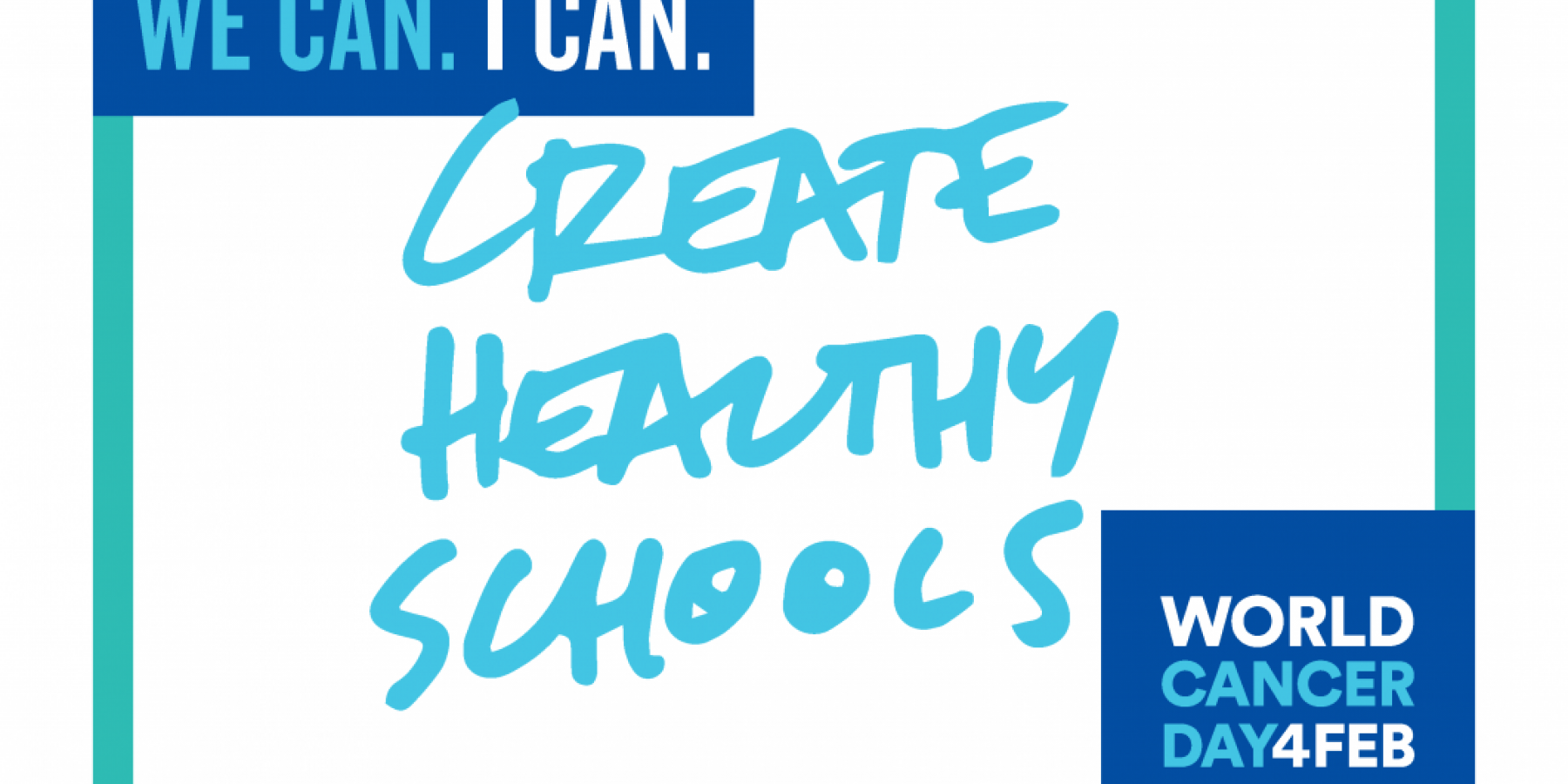US doctor learns lessons in Rwanda’s first cancer ward
29th January 2018

29th January 2018
“Clarisse, when was the last time we gave him morphine?” I pressed the nurse. “Less than 30 minutes ago,” she replied. “Give him another dose anyway.” Jean Paul was 11 years old and had a facial cancer compressing the entirety of the right side of his face as well as part of the left.
“This would never have happened in the US.” That was Dr Paul Park's initial thought when he first met Jean Paul. The boy was Rwandan, and Park was working at Butaro District Hospital in rural Rwanda. The Rwandan Ministry of Health had built the state-of-the-art hospital in the rural highlands of northern Rwanda working with the non-profit organisation, Partners In Health (PIH).
After registering over 500 patients into the cancer program in its first six months in 2012, word quickly spread to patients who previously had no accessible treatment options, and this number more than tripled in 2013. The oncology program today has registered over 4,000 patients. In Rwanda, and other low-middle-income countries, the mortality rate among cancer patients is 75%, compared to 46% in high-income countries.
Park joined the Butaro Hospital staff in the midst of this massive influx in 2013, and could immediately see that staff there had been caught off-guard. His story is one of many collected by the Union for International Cancer Control to mark World Cancer Day, on 4 February. This year's theme for the day is We Can. I Can. The goal: to highlight how everyone – as a collective or as individuals – can do their part to reduce the global burden of cancer.
For example, We Can:
I Can: